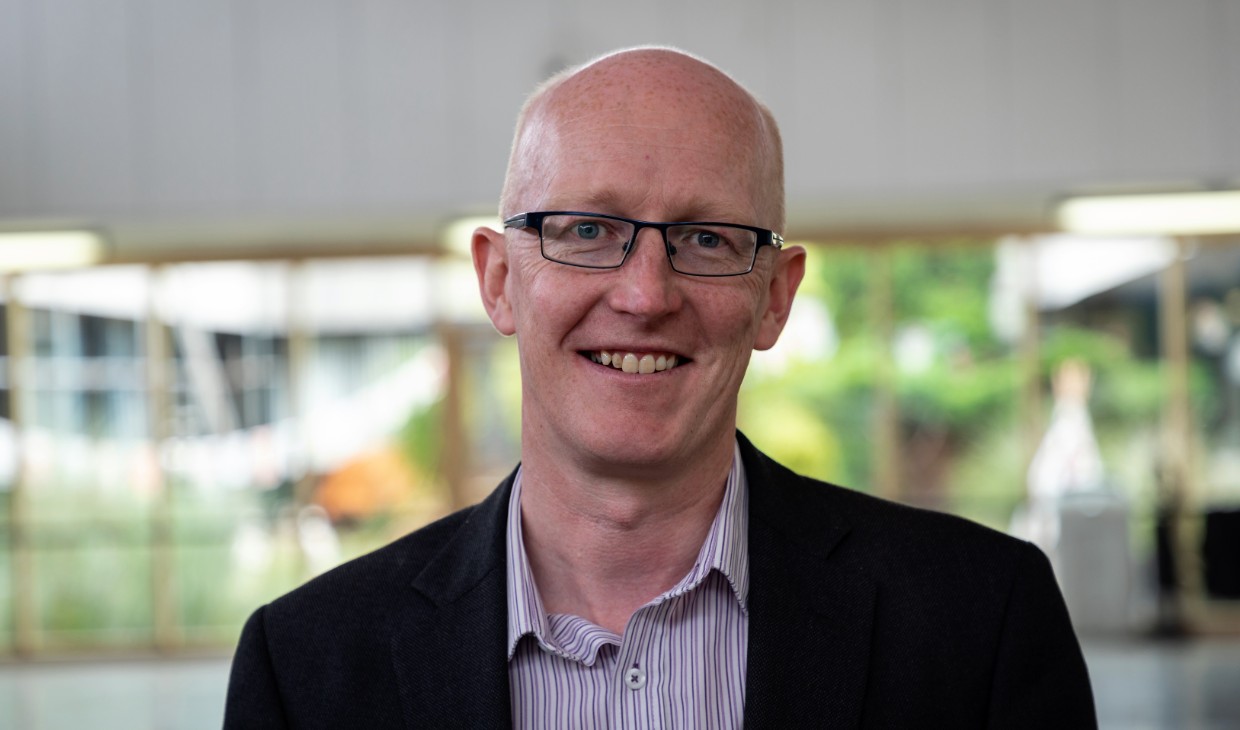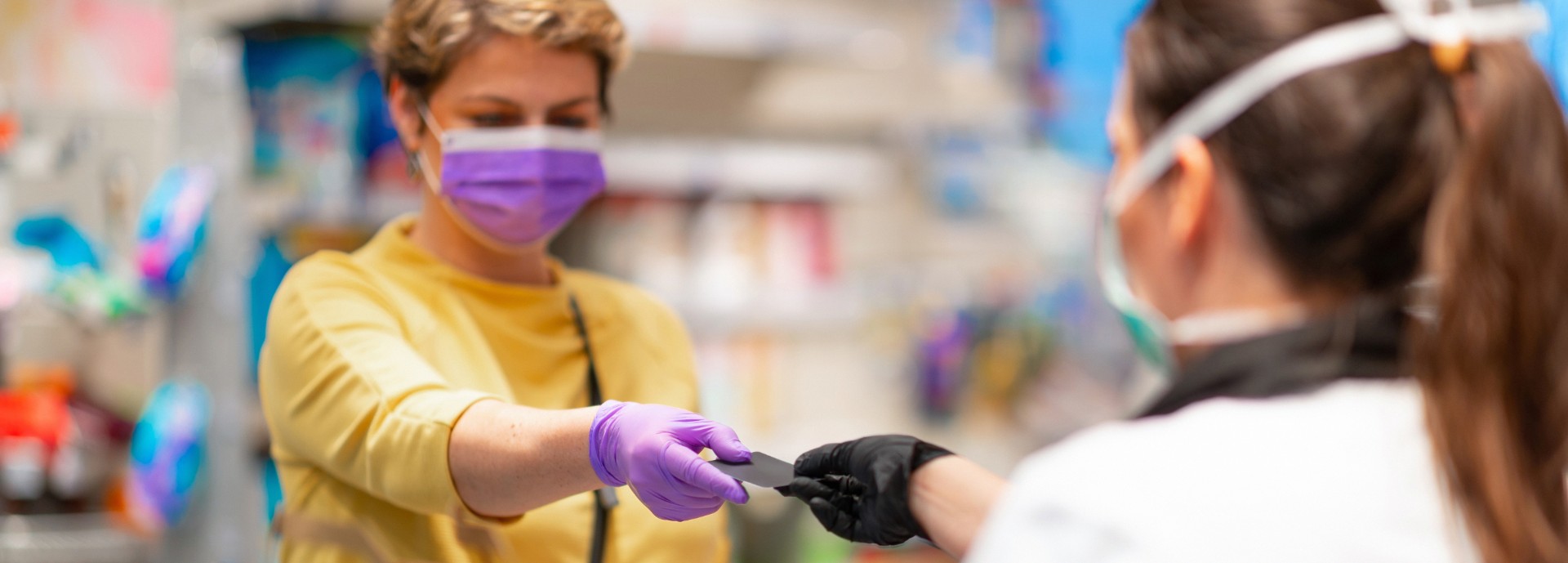Occupational hygienists could play an important role helping workers return to their jobs during the COVID-19 pandemic, a University of Stirling expert has said.
As the focus of the pandemic turns to transitioning to a “new normal”, Dr Sean Semple, Associate Professor at the Institute of Social Marketing and Health, said traditional approaches to reducing exposure to hazards in the workplace should be harnessed to protect the health of staff and members of the public.
Co-authoring a paper with Professor John Cherrie, of Heriot Watt University, Dr Semple said occupational hygienists would play an important role in introducing changes to protect workers.
“These changes may be structural or behavioural,” the authors write. “Already we have seen changes to traditional greeting practices, with handshakes replaced by ‘elbow bumps’ or other non-contact methods. More considered behavioural nudges to increase personal awareness of our hand activity, or limiting the need to spend time in close contact with others, may be worthy of development to limit spread.
“Developing an electronic sensor to detect inadvertent touching of the face and alerting the individual could be a useful innovation.”

Dr Sean Semple co-authored the paper.
The authors pointed to the recent development of technology – using either a laptop or mobile phone camera – that discourages users from touching their face.
The paper also cautioned over the wearing of masks and gloves – saying that while they may “discourage” people from touching their face, they could also increase such activity, due to frequent moving of the mask, unconscious ‘fidgeting’, or irritation around the nose and mouth. It calls for more research – and education of workers – in this area.
The study highlighted the roles of healthcare and service sector staff who have frequent and close interaction with many people over the course of a shift, including those exchanging money or goods – an “exposure route that is poorly understood”. It also highlighted societal issues where some ill workers attend work for economic or other reasons, increasing the risk to others.
Remote working
The authors explained those concerned with working during the pandemic were raising questions around: how the infection occurs, the effectiveness of personal protective equipment, and any other measures they could take to reduce the risk to themselves and others.
Reducing time spent at a central workplace, working remotely, or delivering services via video or telephone may be an option for some workers, the authors said, adding that these approaches “also beneficially align with efforts to limit travel in relation to reducing carbon emissions and congestion in urban centres”.
Dr Semple and Professor Cherrie concluded that further research in the area should seek to address: the importance of inhaled exposure, compared to surface contamination and hand-to-face contact in the transmission of the virus; the effectiveness of different types of personal protective equipment in reducing these transmission routes; and the structural and behavioural changes that could be encouraged in the workplace to reduce the risk of transmission.
The paper, COVID-19: Protecting Worker Health, is published in Annals of Work Exposures and Health.

